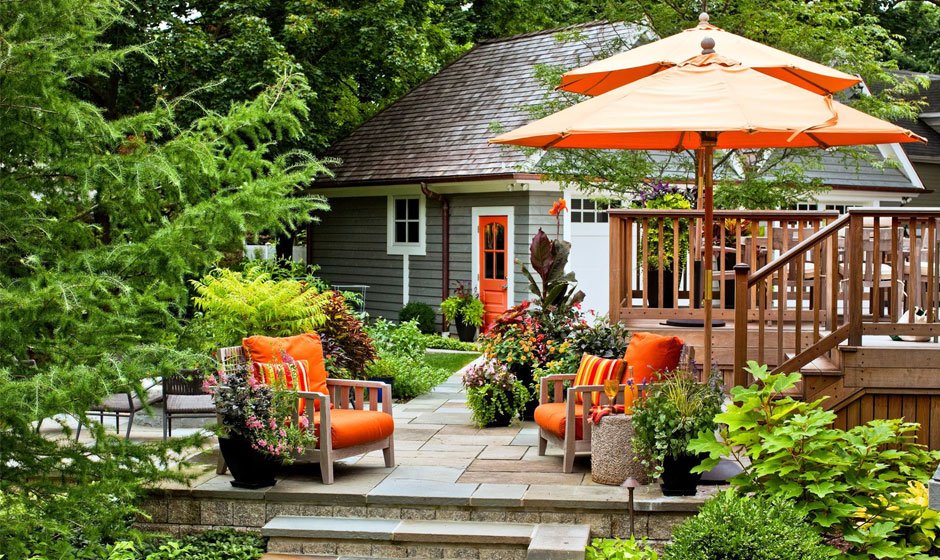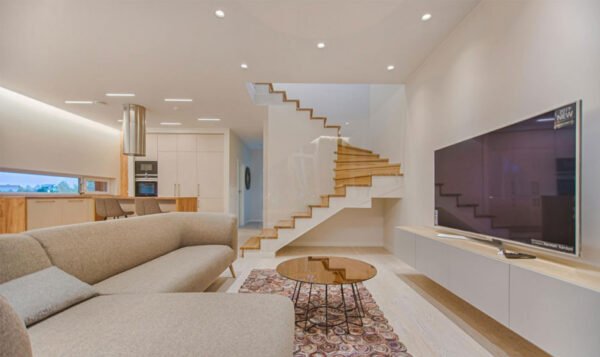What are the basics of landscaping and garden design?

Landscaping and garden design are intricate tapestries woven with creativity, knowledge, and a deep appreciation for nature. They’re not just about positioning plants in the ground but about curating an environment that resonates with one’s aesthetic, functional, and ecological values. Every garden tells a story, reflecting the tastes and desires of its creator while also paying homage to the natural world. Whether it’s a sprawling estate, a suburban backyard, or a balcony garden, the design principles stay consistent. They call for a nuanced understanding of the space, its potential, its limitations, and the myriad possibilities it harbors. As we delve deeper into the fundamentals of landscaping and garden design, we’ll uncover the layers that make these outdoor spaces captivating, functional, and sustainable.
Understanding the Canvas:
Before embarking on any landscaping or garden design project, it’s paramount to comprehend the space you’re working with. This doesn’t just refer to the size of the area but also its topography, soil type, and the amount of sunlight it receives. These factors are pivotal in determining which plants will thrive and how to utilize the space effectively. Additionally, understanding the natural drainage patterns can stem potential issues. An area with poor drainage might benefit from raised beds or specific types of plants that thrive in wetter conditions.
The Importance of Cohesiveness:
A garden or landscape should tell a story, and for that story to be compelling, there needs to be cohesiveness in design. This could be achieved through repeating patterns, colors, or even types of plants. For instance, using similar-hued flowers or the same kind of hardscaping material throughout the space can bring a sense of unity. Cohesiveness ensures that while each part of the garden might have unique elements, the overall design feels harmonious and integrated.
Functionality is Key:
While aesthetics are important, functionality is paramount. Think about the primary purpose of your outdoor space. Is it for relaxation, entertainment, or maybe growing vegetables? Designing with purpose ensures that the space is not only beautiful but also serves its intended function. For instance, if you want an area for outdoor dining, consider the proximity to your kitchen or barbecue. If relaxation is the goal, then a secluded nook with comfortable seating and shade might be ideal.
Creating Focal Points:
In any good design, having a focal point is essential. It draws the eye and provides a sense of direction. This could be a water feature, a sculpture, a particularly striking plant, or a pergola. Focal points create interest and can often be the starting point around which the rest of the design revolves. It’s crucial, however, not to overwhelm the space with too many competing focal points. One or two well-placed ones can elevate the entire design.
The Balance of Soft and Hardscaping:
Landscaping isn’t just about plants. Hardscaping, which refers to the non-living elements like pathways, patios, and walls, plays a significant role. The key is to strike a balance. While plants bring color, texture, and life to a space, hardscaping provides structure and functionality. For instance, a slate chippings pathway not only adds visual interest but also provides a practical way to traverse the garden.
Seasonal Considerations:
A well-designed garden offers visual delights throughout the year. This means considering plants that bloom at different times, ensuring there’s always something catching the eye. Additionally, evergreen plants can provide structure and greenery, even in colder months. It’s also worth considering the maintenance required across seasons, from springtime planting to autumn leaf clearing.
Considering Growth and Maturity:
When designing, it’s easy to focus on the immediate, but it’s crucial to consider how plants will grow and mature. A sapling might fit perfectly in a corner now, but what about when it’s a fully grown-tree? Understanding the growth patterns and ultimate size of plants can prevent future issues, ensuring that the garden remains harmonious even as nature takes its course.
Harmony with Wildlife:
A garden is not an isolated entity; it’s part of a larger ecosystem. Inviting wildlife into your garden can add another layer of beauty and purpose. Bird feeders, bird baths, and plants that produce nectar or berries can attract various birds, butterflies, and beneficial insects. These creatures not only enhance the sensory experience of a garden but also play crucial roles in pollination and natural pest control. Moreover, providing habitats like a small pond for frogs or log piles for hedgehogs can support local biodiversity. When designing with wildlife in mind, it’s essential to avoid pesticides or chemicals that might be harmful. A garden buzzing with life is a testament to its health and balance, making it a joy for human and animal visitors.
Landscaping and garden design are art forms that merge aesthetics with functionality and nature with structure. While there’s no one-size-fits-all approach, understanding the basics from Evergreen Landscape Care & Tree Services serving Beaverton provides a foundation upon which one can build and innovate. Whether you’re a novice gardener or a seasoned green thumb, approaching design with knowledge, foresight, and respect for nature ensures that the space you create is not only beautiful but also a haven for all who enter.



